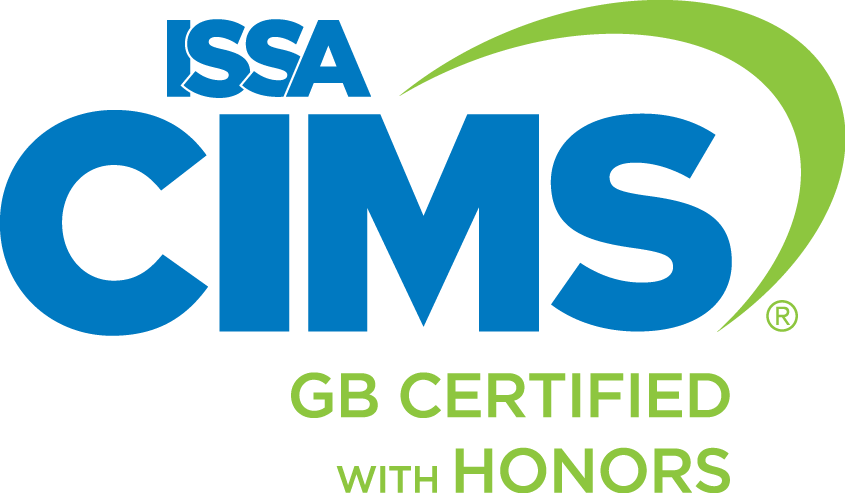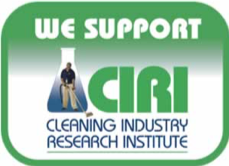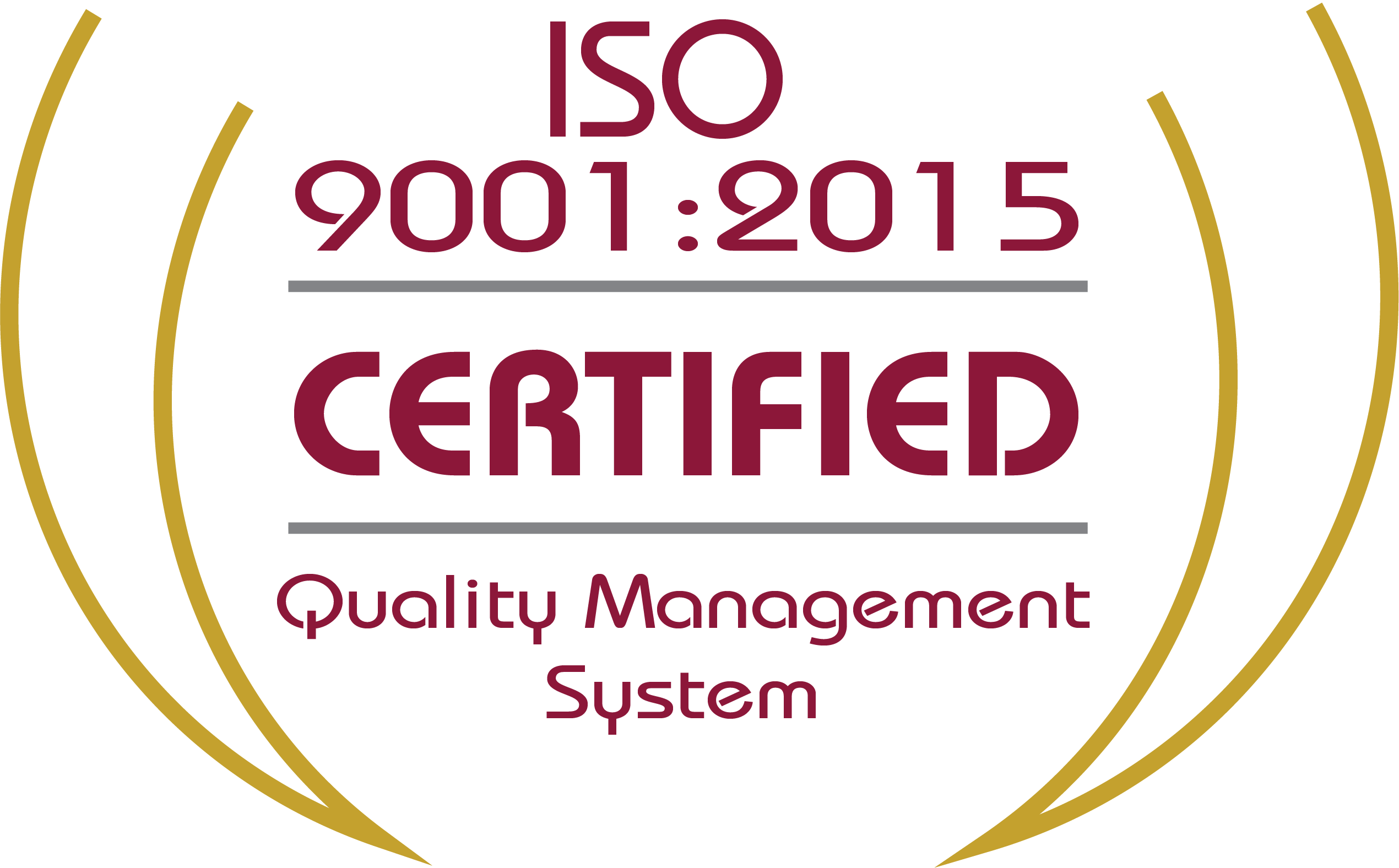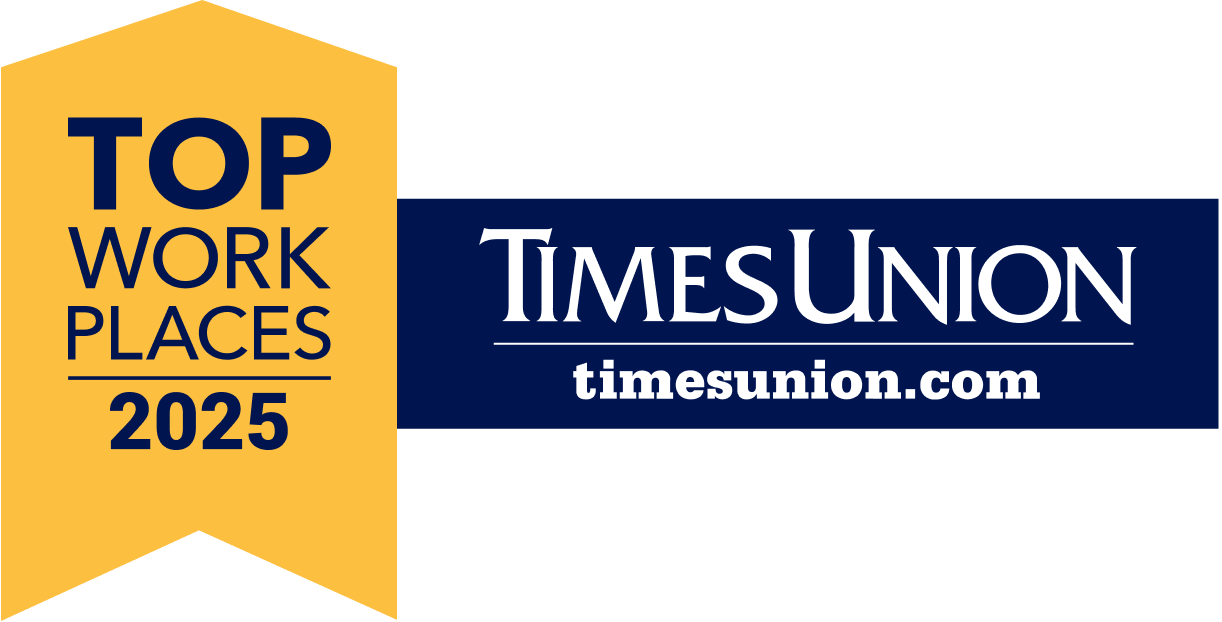Maximizing Efficiency
Innovative Tools and Techniques for Building Maintenance

As cleaning costs escalate, Facilities management (FM) and commercial cleaning professionals are witnessing a seismic shift towards more efficient, sustainable, and technologically sophisticated operations. This evolution presents a golden opportunity for businesses to streamline their processes and control costs. This post explores the cutting-edge equipment, software, and strategies leading this transformation, setting new standards for the industry.
Autonomous Floor Cleaners (Robotics)
Robotic cleaners automate routine tasks, freeing up staff for more complex maintenance work and ensuring consistent cleanliness with minimal human intervention. While current technology and cost limit widespread adoption, the market is rapidly evolving. This is a technology to keep your eye on.
Mechanized Cleaning for Smaller Spaces
While robotic cleaners make headlines, smaller, mechanized cleaning machines are proving invaluable, especially in spaces traditionally cleaned with mops and buckets. These areas are now benefiting from micro-scrubbers and compact automatic scrubbers. These technologies not only address the challenges of manual cleaning, from consistency to safety, but also significantly boost efficiency.
Eco-Friendly and Sustainable Solutions
The shift towards environmentally responsible cleaning practices is evident in the widespread adoption of green products and technologies. These solutions minimize the environmental impact of cleaning operations and support the well-being of building occupants by reducing exposure to harsh chemicals. Additionally, sustainable practices in cleaning help organizations meet their corporate social responsibility goals and comply with increasing environmental regulations, making this trend not just a preference but a necessity in today's market.
UV-C Disinfection
UV-C technology offers a powerful, chemical-free method for sanitizing spaces, using short-wavelength light to neutralize harmful microorganisms, complementing traditional cleaning methods with an added layer of protection to effectively neutralize pathogens. This approach is gaining traction for its efficiency in killing bacteria, viruses, and other harmful microorganisms, making it an excellent addition to traditional cleaning protocols.
Drones for Exterior Cleaning
Drones equipped with cleaning tools are revolutionizing the maintenance of building exteriors by safely reaching high and hard-to-reach areas. These devices reduce the need for manual labor in dangerous conditions and increase the frequency and thoroughness of cleaning. Using drones represents a significant advancement in maintaining the aesthetic and structural integrity of buildings, potentially reducing long-term maintenance costs, and improving the safety of cleaning operations.
Indoor Air Quality Monitoring
Technologies that monitor and improve indoor air quality are increasingly vital, with sensors detecting pollutants and adjusting cleaning and HVAC operations to ensure healthier environments. The emphasis on indoor air quality has never been higher, with new technologies enabling continuous monitoring of air pollutants, humidity, and CO2 levels. These systems ensure a healthier indoor environment and provide data-driven insights for targeted cleaning and HVAC adjustments. Monitoring indoor air quality in real-time allows facility managers to promptly address any issues, improving occupant health and productivity. Moreover, as awareness of the link between indoor air quality and public health grows, investing in these technologies is becoming an essential aspect of modern facility management.
Software Advancements in Facilities Management
Facilities management is being transformed by digital innovations that streamline operations and enhance strategic decision-making. Central to this transformation is the adoption of Computerized Maintenance Management Systems (CMMS), which have become critical for the efficient scheduling, execution, and tracking of maintenance activities.
The integration of Internet of Things (IoT) technology further expands these capabilities, enabling the real-time monitoring and control of various building systems and controlling costs, thus ensuring peak performance and security. Moreover, AI-powered predictive maintenance and energy management systems are pivotal in preempting potential issues and optimizing energy consumption, leading to significant cost and resource savings.
What's Next
The commercial cleaning and facilities management sectors stand at a critical juncture. Adopting these forward-looking technologies is essential for achieving operational excellence, sustainability, and cost containment.



